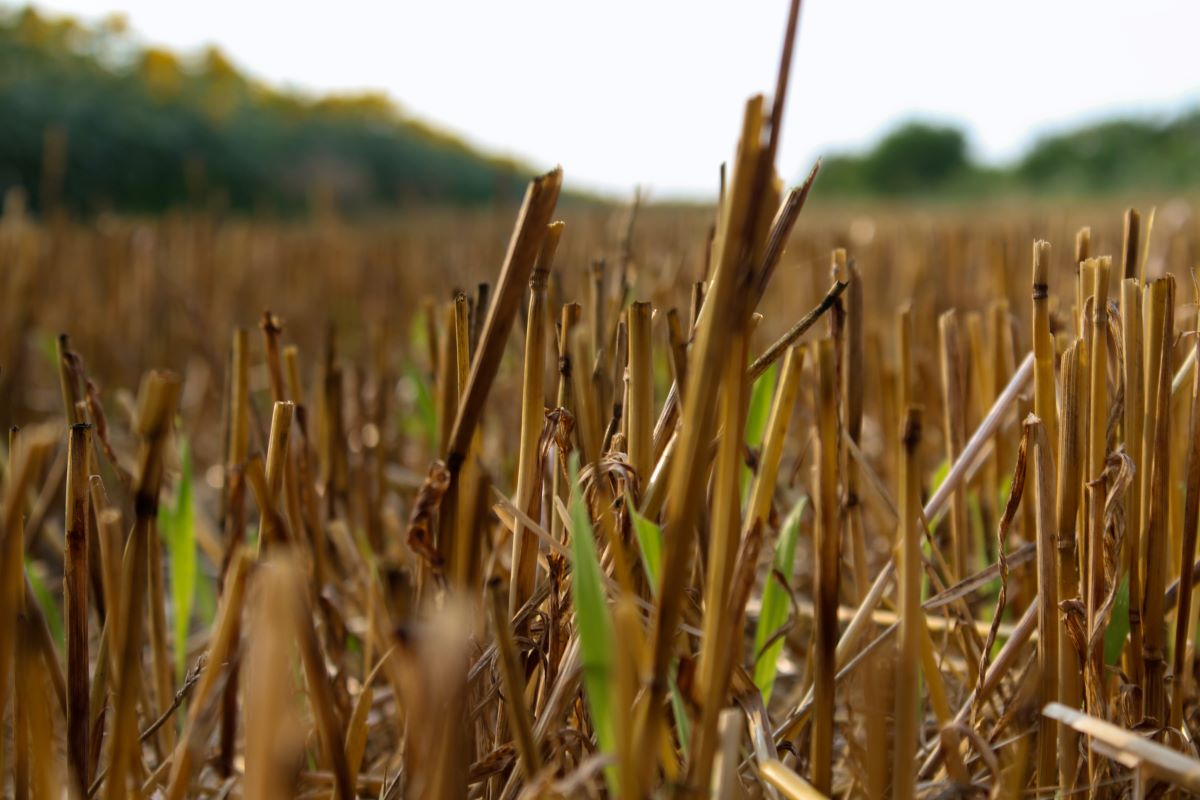Fertilizer stratification is when applied fertility inputs are not able to penetrate soil, and become trapped at the soil surface. Fertilizers, especially those containing phosphorus and potassium, become 'held up' at this top layer of soil, and can't be taken in at the root by crops. For many farmers, this issue can be somewhat alleviated through deep tillage (plowing 6-8 inches in the soil) placing nutrients about 3-4 inches deep. Though tillage can provide a temporary solution by adjusting fertilizer placement in the soil layer, this doesn’t treat the overall imbalance in soil that causes stratification. Tillage also does not counteract some of the actual negative effects of stratification, which stem from a lack of nutrient availability and accessibility.
Expert no-till farmer, Marion Calmer, shared his experiences with stratification at a 2017 conference. "My soil tests looked fine, but something was wrong,” said the veteran no-tiller “A dollar worth of P and K was only producing 40 cents worth of grain.” Extensive testing confirmed the veteran no-tiller to be correct. “At my particular farm, 50% of my P and K is in the top 2 inches of the soil, half of the nutrients are above where I plant the seed. I’ve got a stratification problem."
 |
Crop Residue and Compaction Contribute to StratificationA common problem with conventional soils that are converted to no-till is an overall lack of organic material. This can lead to issues with air and water infiltration rates, water-holding capacity, soil structure, and biological activity (many of these symptoms develop because of compaction in the soil). Crop residue contributes to stratification by way of lost organic matter in the soil, which is not reincorporated over time. Compaction and residue are two of the main reasons for stratification. The problem then becomes that much of the applied fertilizer is not where plants need it. Healthy and diverse biology in your soil system is a solution by breaking down crop residue and combatting compaction, allowing for nutrients to become easily accessible throughout your soil. |
A good fertility program delivers 2 end-results:
Applying the right fertility inputs is important for boosting ROI, and it’s even more important for those nutrients to be accessible. Liquid fertility inputs can readily permeate the soil and allow for easier uptake, especially in no-till soils where moisture levels are higher. When combined with BioActive Supercharger and Purple Cow CX-1, you gain efficiencies and biological functionalities that help achieve better results this year and an improved system for the years to come. Not only delivering the benefits of a balanced nutrient program, but solving issues such as stratification and compaction.
The ongoing productivity of your soil and system starts at the microscopic level. Here is a terrific visual of how, over time, you can overcome a stratification challenge by supporting the microbes and fauna present in your soil.
There are many options for fixing stratification in your soil, adding a diverse liquid biological such as CX-1 is a simple solution to help with organic matter breakdown and nutrient availability. A combination of factors often contributes to the greatest success in fixing your soil. Check out this article by James Hoorman for more information about How to Solve Fertilizer Stratification.



